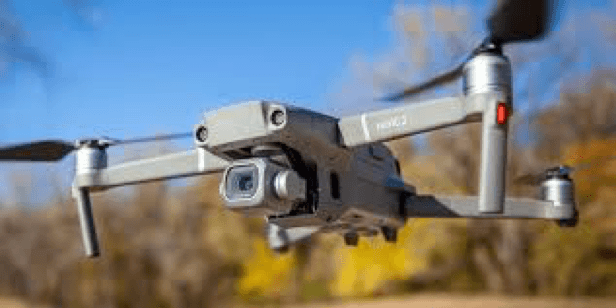By Kirsten Prylinski
For the past several years, drones have proved to consistently be the perfect Christmas present. Attach your favorite camera to the drone and send it off to capture incredible videos over water, fireworks show, or even to get a bird’s eye view of a skyline. However, now that the drones have come into popular usage, the federal government has been forced to lay down some ground rules when it comes to everyone’s favorite gadget. Courts are also being called upon to rule on the constitutional use of drones by police to search the homes of citizens. As the law adjusts to the usage of the new flying tech toy, owners and law enforcement agents are going to have to play by the rules.
The American Bar Association (ABA) kicked off their 2019 Techshow in Chicago earlier this year. Drones were one of the central topics of discussion. With the increased popularity of drones, the trendy tech piece has brought with it emerging regulatory and legal issues. Both federal and state laws have been put in place when it comes to drones, but the ABA noted two federal rules that specifically stand out.
The first is that “If you are going to buy a drone, you have a duty to interact with the federal government.” What does that mean? Simply put, the new rule applies to recreational use of drones that are over 55 pounds, meaning that toys are not affected. For those who wish to own a drone over 55 pounds, pilots will need to pass an aeronautical exam and safety test administered by the FAA. Second, for those who are using a drone beyond a recreational capacity, the pilots need to attain a remote pilots license through the FAA. Under this rule, pilots cannot fly beyond 400 feet of ground level, cannot be flown at night, over 100 miles per hour or above people, and must always stay in the line of sight of the pilot. While these new rules are mostly for safety and security, the second rule can mostly be seen to apply to the searches by police officers.
As new drone technology has become common, police have started to get their hands on this protentional surveillance device. The question is, can the police constitutionally use a drone to search the outside of a citizen’s home? The issue of aerial searches is one that has already been addressed by the Supreme Court of the United States. First, in 1986 in California v. Ciralol, police acted on an anonymous tip, got in an airplane, and used naked eye surveillance to snoop on the defendant’s backyard. The backyard was unobservable from the street level due to fences. The Supreme Court held that this type of warrantless surveillance was constitutional. In 1989, the Supreme Court heard Florida v. Riley which involved police looking for marijuana from a helicopter at 400 feet without a warrant. The Court followed its previous reasoning and held that the police had not conducted a fourth amendment search and did not need a warrant.
Should the courts circle back to the issue of aerial searches now that drones are in play? Surely drones were not anticipated in 1986 when the Supreme Court first made a decision about aerial searches. Drones are much smaller than say a plane or helicopter. Not only can a drone get much closer to the ground, but they also have the capability to be much quieter than a plane or helicopter. Unlike a plane or helicopter, a drone can quietly sneak up on the home of a citizen, and use more than the naked eye to collect footage. While those flying in a plane are limited to what their naked eye can see, a camera connected to a drone can certainly be much more beneficial to the police. Luckily though, the new federal law that requires that drones go no lower than 400 feet could be the one thing that protects a citizen in their home, the place that the government insists is the most private of constitutionally protected areas. There is still an unsettling feeling though that police might be able to use such a small, quiet, and precise device such as a drone to conduct a warrantless search on a home.
The law must continue to keep up with emerging technologies. The Supreme Court has noted before when addressing thermal imaging of homes, that citizen’s homes cannot be left vulnerable to the changing technologies that police may be able to use for surveillance. Drones pose that exact threat on citizens. Though they cannot get lower than 400 feet, the precision of cameras and technology may not cause the police to even need to go lower than the barrier set by the federal government. When first addressing aerial searches, the Supreme Court did not have to consider facts such as high tech cameras with precise zooming features or the collection of sound by cameras. While the drones provide a useful tool to police which can ultimately provide for a safer community, the rights and protections of each citizen cannot be pushed to the side as new technologies emerge.
Student Bio: Kirsten Prylinski is a second-year student at Suffolk University Law School, focusing on criminal law. Prior to law school, Kirsten attended Auburn University where she received her Bachelor’s degree in Business Management and a double minor in Political Science and Psychology.
Disclaimer: The views expressed in this blog are the views of the author alone and do not represent the views of JHTL or Suffolk University Law School.

